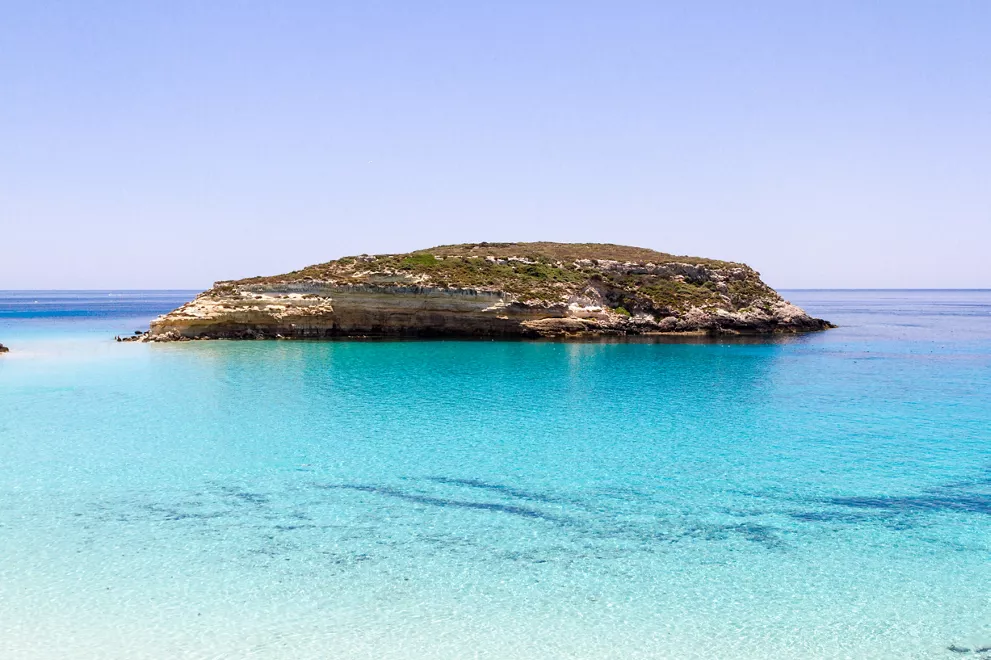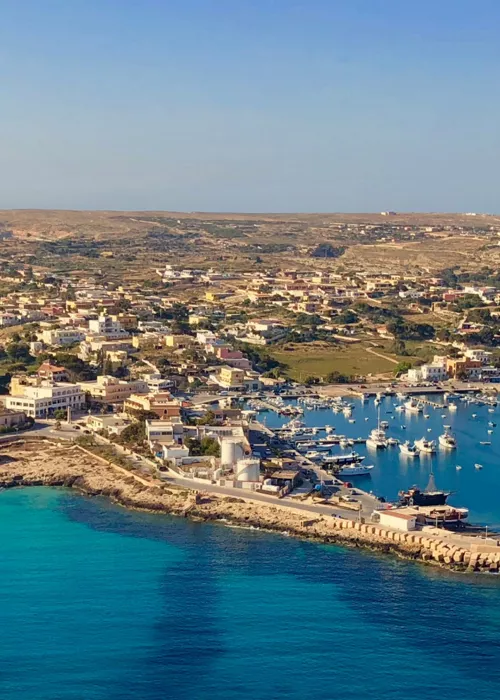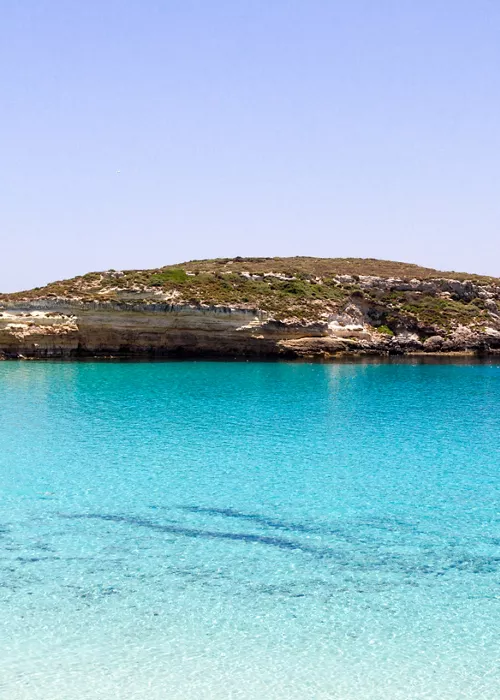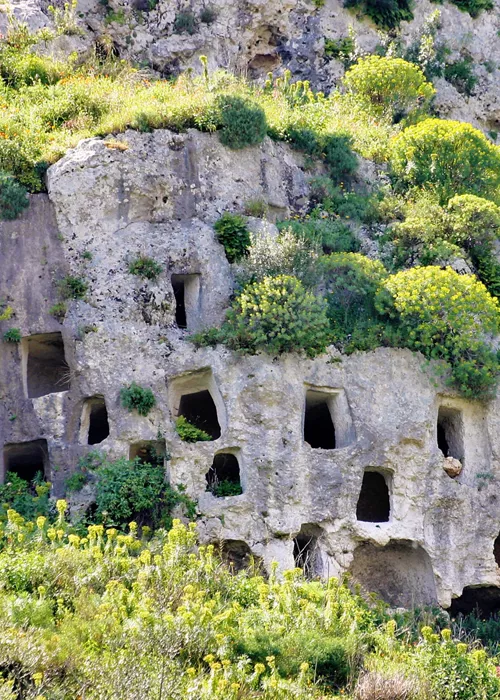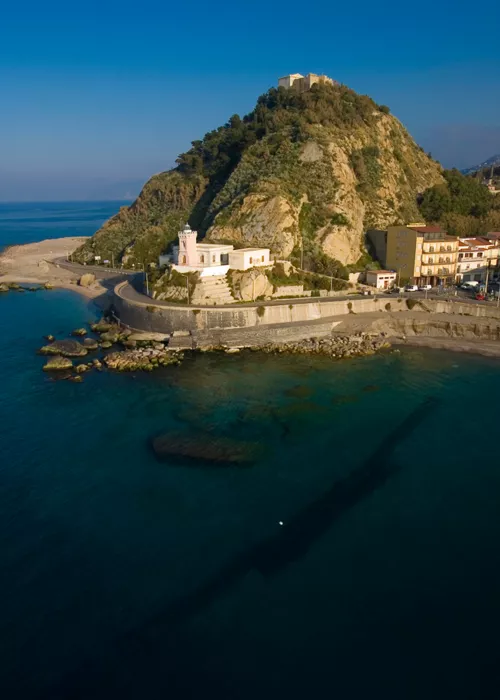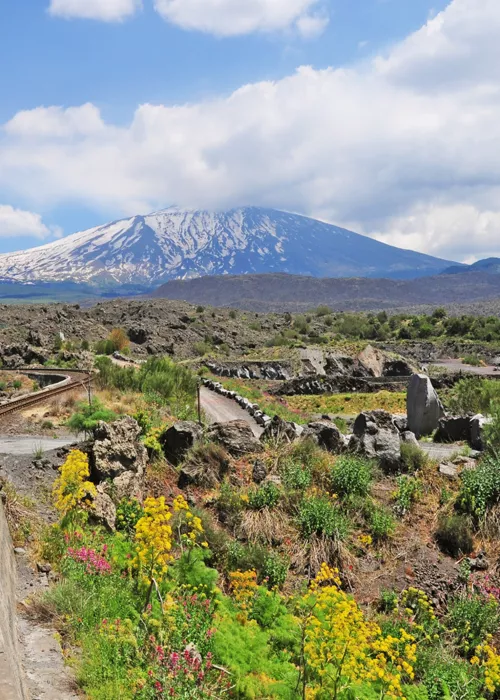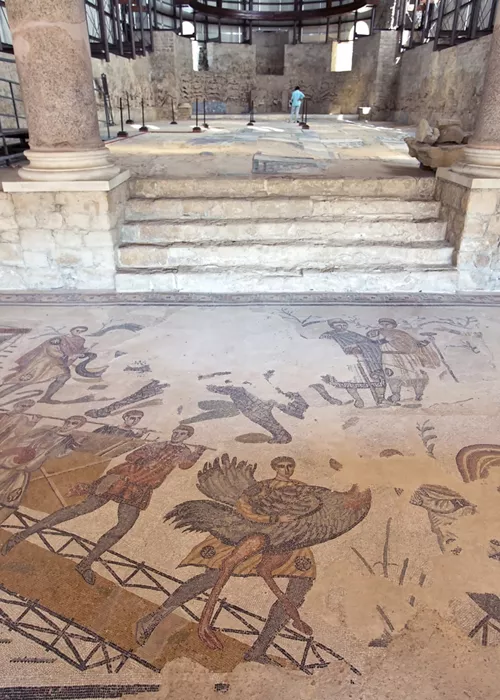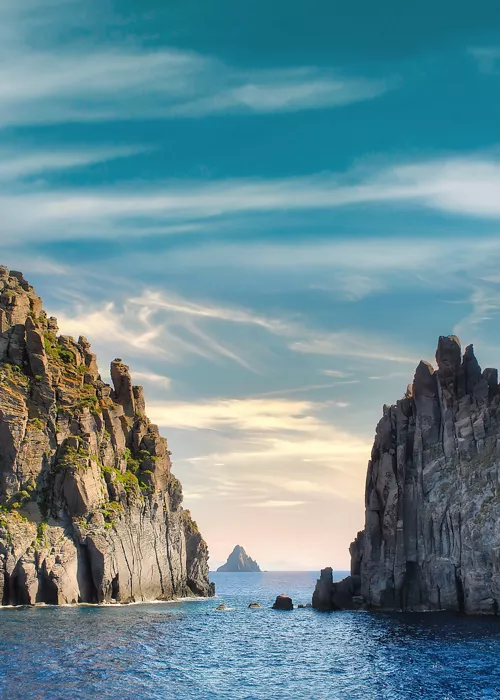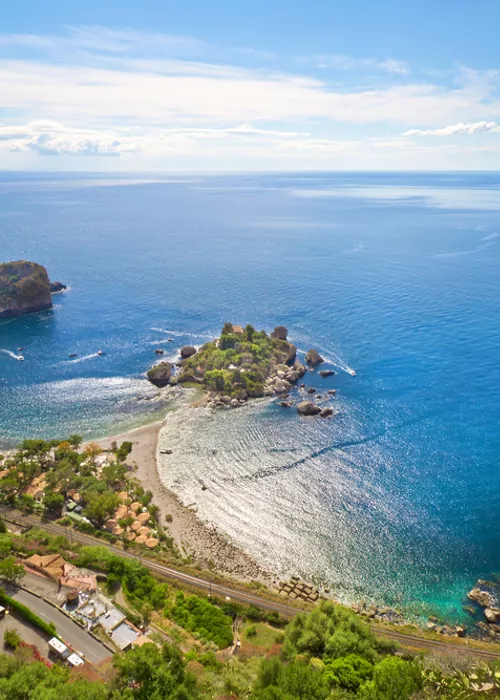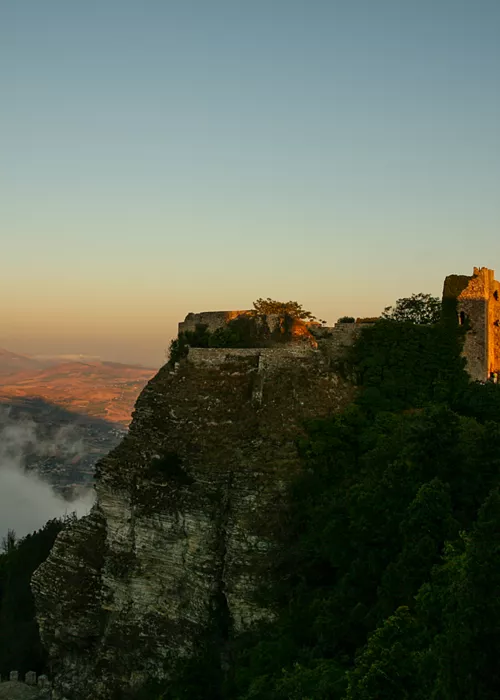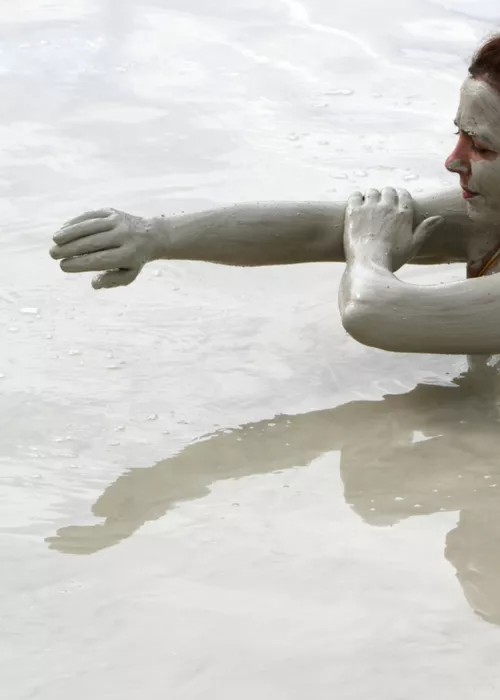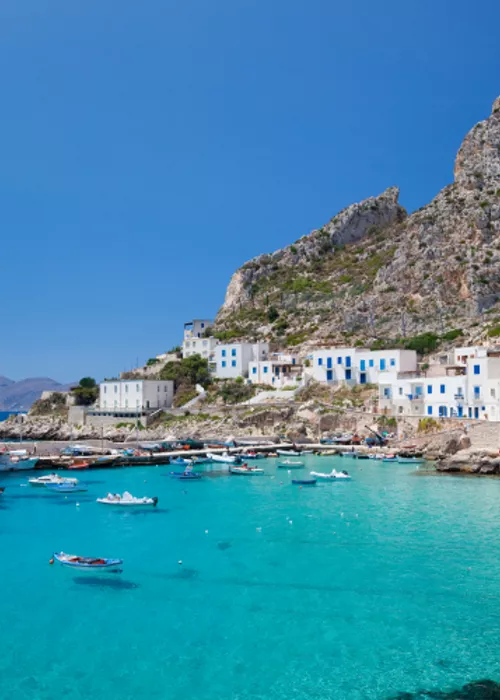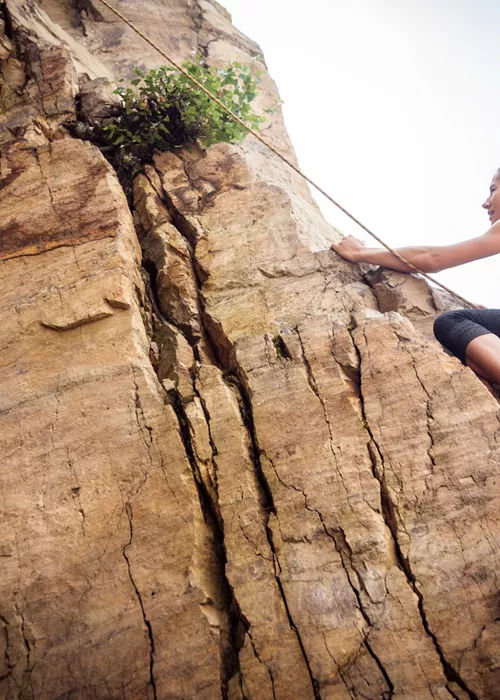Isola dei Conigli: the world’s most beautiful beach on Lampedusa
3 minutes
In 2013 by the Traveller’s Choice competition on TripAdvisor. After a decade at the top of the charts, it remains in first place within Europe and among the 10 best in the world. There are several reasons why this small bay enclosing an islet is a true paradise on earth.
An asset to protect and love
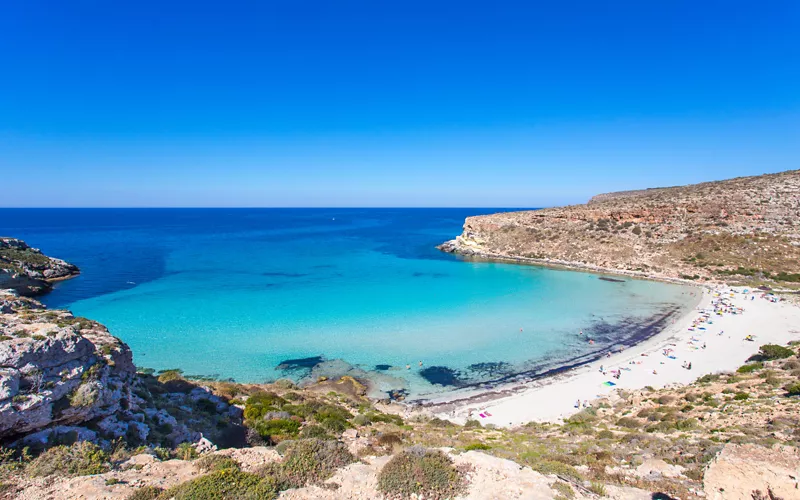
The beach and the islet belong to the island of Lampedusa, off the southern coast of Sicily. Since 1995, they have been part of the protected area of Lampedusa’s Riserva naturale orientata (nature reserve): for this reason, sailing and scuba diving are prohibited here, while swimming is only permitted with access from the land.
Practically more African than European, the Isola dei Conigli beach, which travellers can reach in a twenty-minute walk, is an ideal destination for those who enjoy an immersive experience in nature.
Just before you get to the beach, half-hidden in a valley, is the villa where Domenico Modugno once lived. He was so in love with the bay that he called it “God’s swimming pool”.
The island that isn’t there
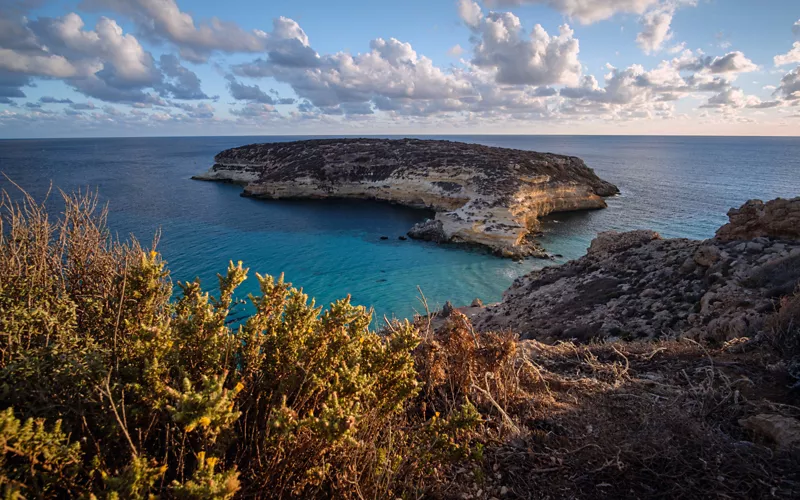
The beach owes its name to the Isolotto dei Conigli (islet of rabbits) that lies in its bay: a low, rocky formation about 44 hectares across that emerges right in the middle of the cove.
The fact that it is not a real island becomes evident when the tide is low and the sandy isthmus connecting it to the mainland is revealed. At high tide, the sand-covered walkway is not visible, but the island can be reached by walking through the water, which is between 30 and 150 cm deep.
Rabbits and other animals
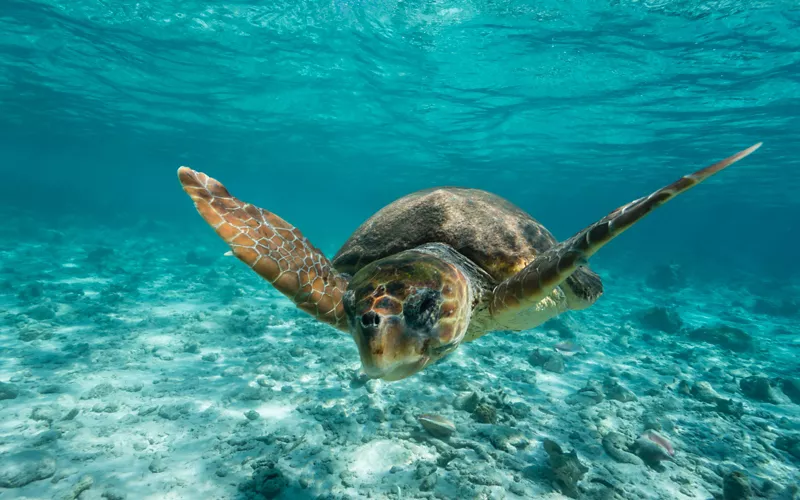
Although a colony of rabbits does indeed live among the island’s various inhabitants, the origins of the name are controversial. The allusion first appeared in an 1824 map by British admiral William Smith, who referred to it as “Rabbit Island”. In later maps, the name was incorrectly translated from English. Instead, the Arabic word rabit appears to have been used, referring to a link or a connection. This may allude to the isthmus that is sometimes formed between the islet and the beach.
Apart from the rabbits, the island is home to the herring gull, which nests here, and also serves as a “staging post” for flocks of migratory birds that stop here to break up their journey.
But what makes this area special in terms of its wildlife is the adjacent beach: its eastern front is one of the rare areas where Caretta caretta sea turtles lay their eggs every year in spring. During this period, part of the beach is closed to the public by Legambiente volunteers and guarded until the eggs hatch, usually at the end of August.
Beach life
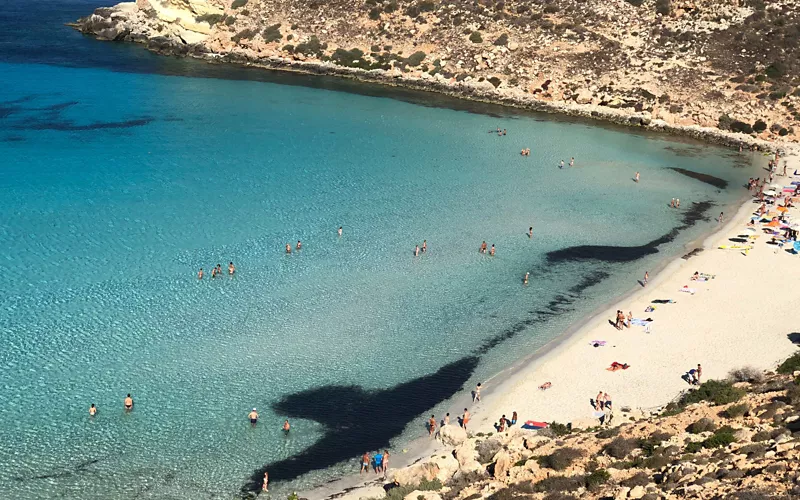
As it forms part of a protected area, the beach is accessible to tourists from 8.30 am to 7.30 pm and is partly off-limits when the turtles lay their eggs.
Due to its exceptional beauty and mild temperatures, it is worth a visit at any time of the year. Bear in mind that it gets quite crowded in summer, while in April, May, September and October you can enjoy its crystal clear waters almost on your own.
There are no toilets or bathing facilities on the beach to detract from the landscape, just a small shop selling refreshments on the road and toilets at the top of the slope down to the beach. It is advisable to bring your own equipment. There is a small kiosk on site that rents out umbrellas, but these can only be used on a marked section of the beach. You can bring food and eat it on the beach, but make sure you don’t leave any leftovers or rubbish.
It is better to go when the wind is blowing from the northwest and the sea is clearer and calmer. If the sirocco is blowing from the southeast, the water tends to become more murky, agitated by the currents.
How to get there
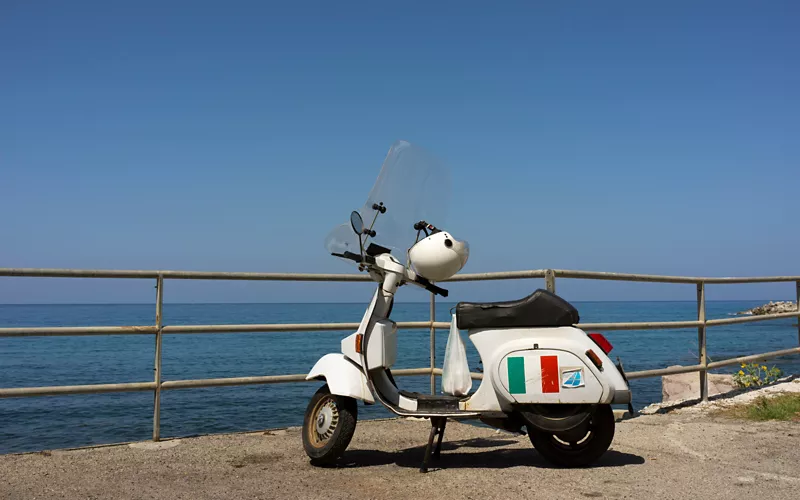
From the town centre you can travel by car, scooter or bus to Capo Ponente: it’s about a five-kilometre drive. Just before you reach the Cape, there is a small kiosk on the left where you can park. You will then walk along a dirt path through the Mediterranean scrub until you reach a natural terrace with a view of the bay so spectacular that your feet will practically float above the ground: you won’t even notice the rest of the walk.
In the summer, beach access may be controlled by a compulsory online booking service.

